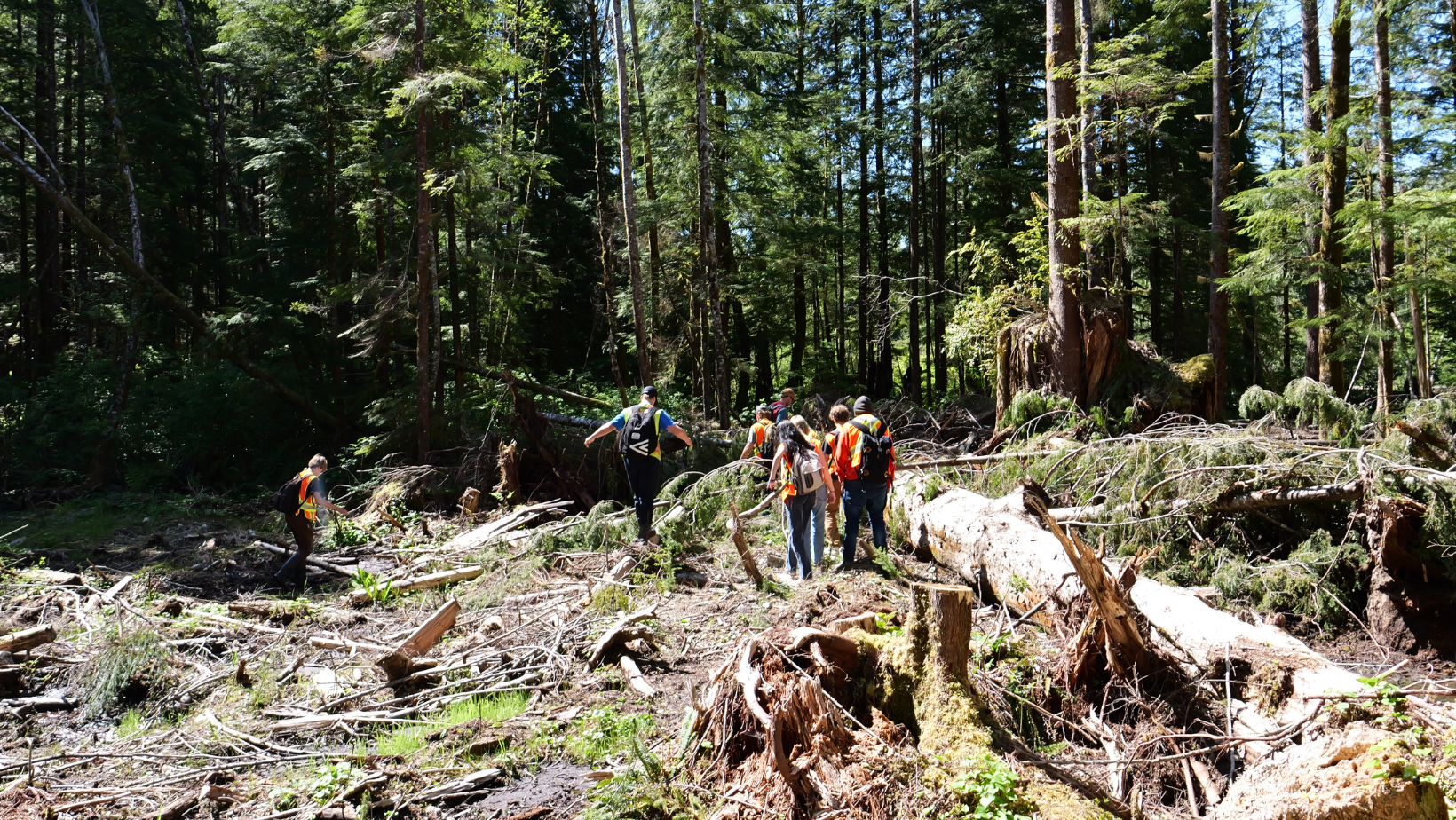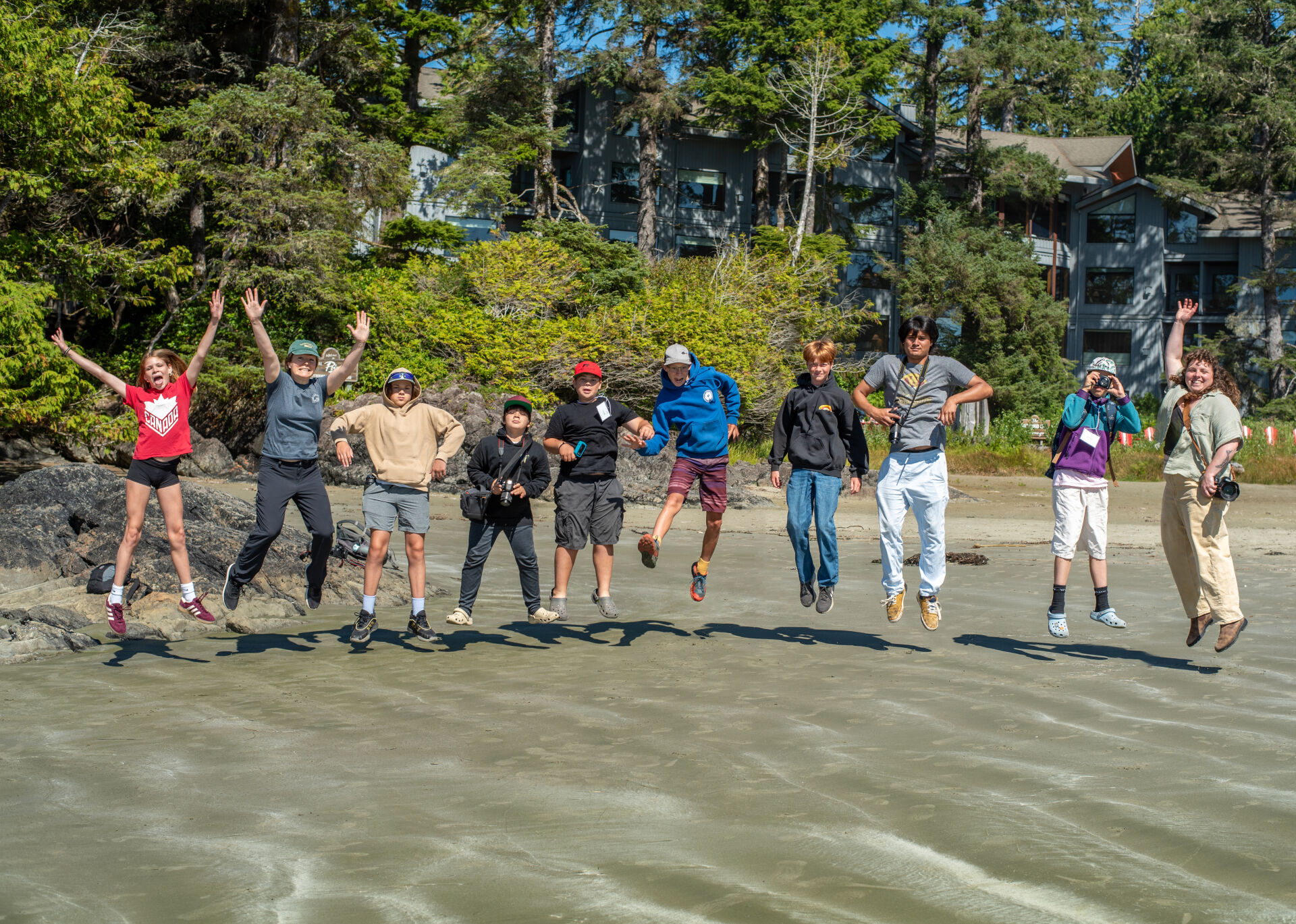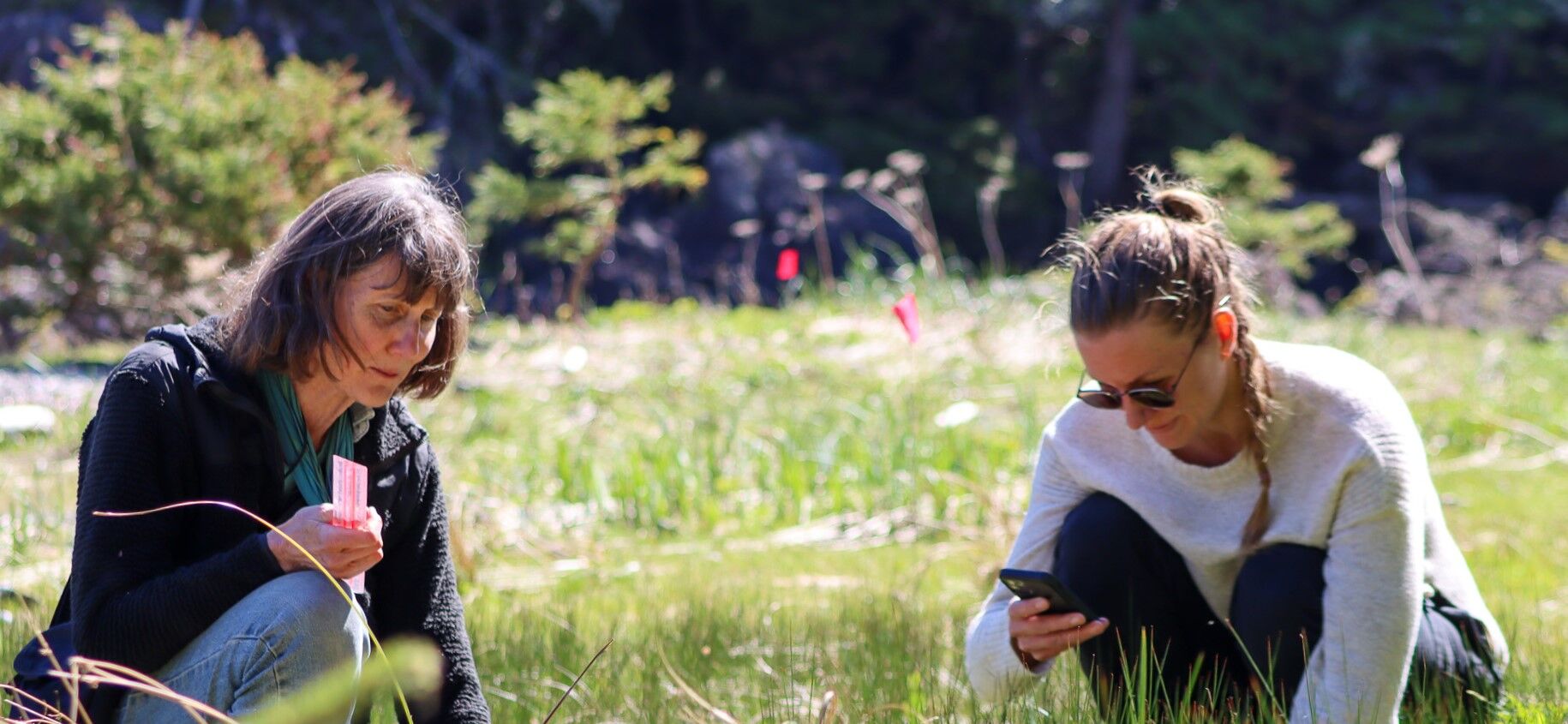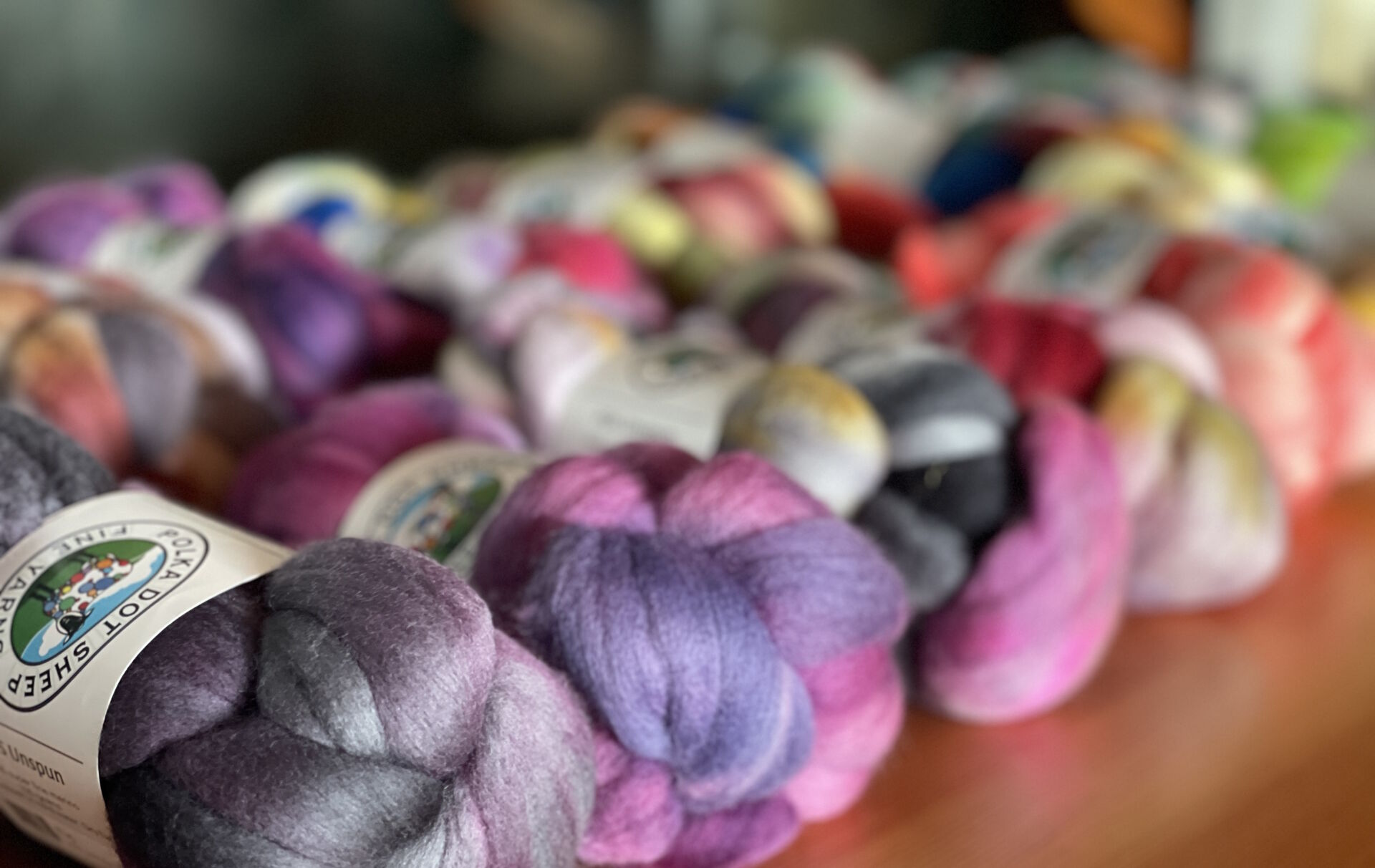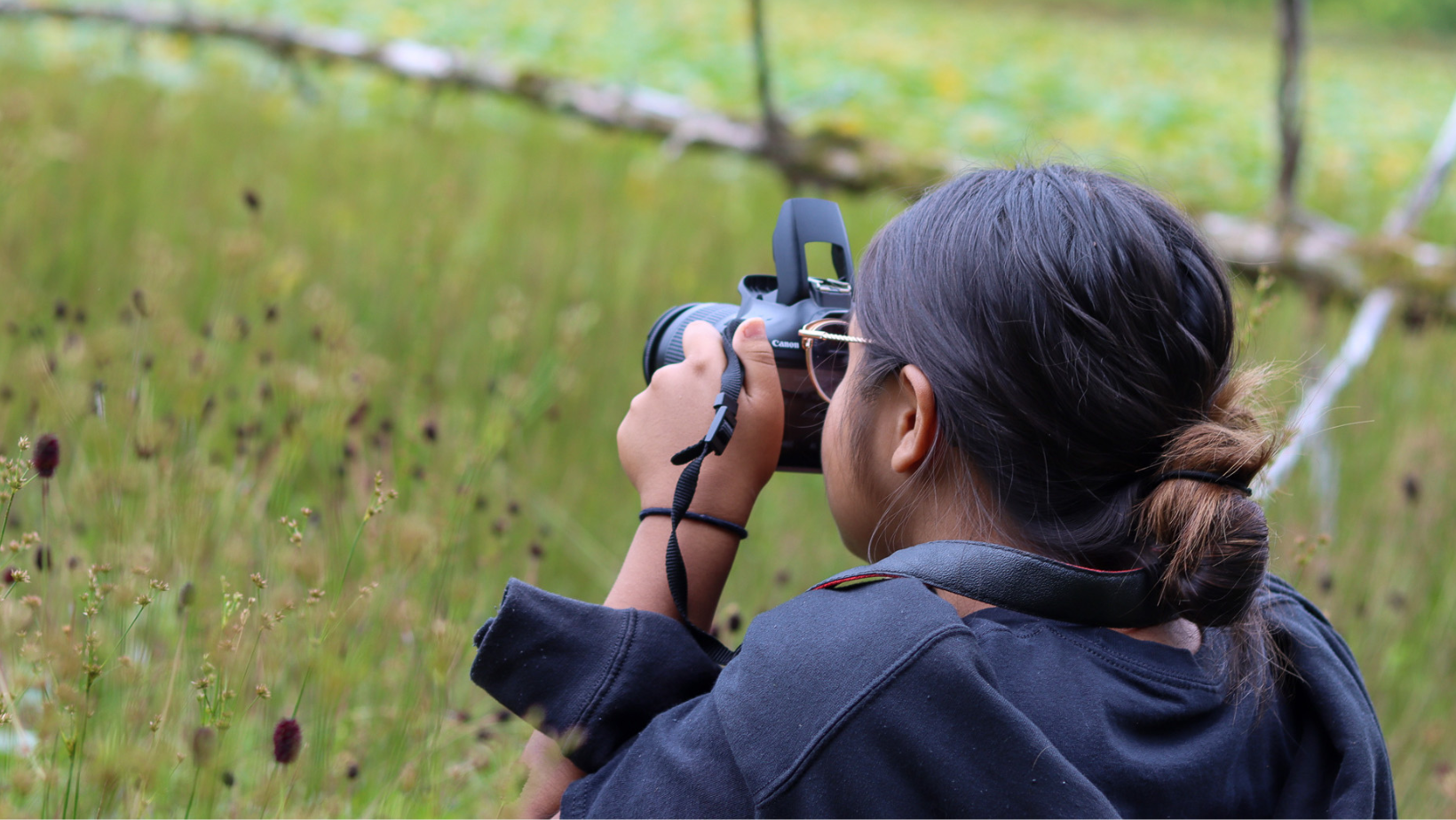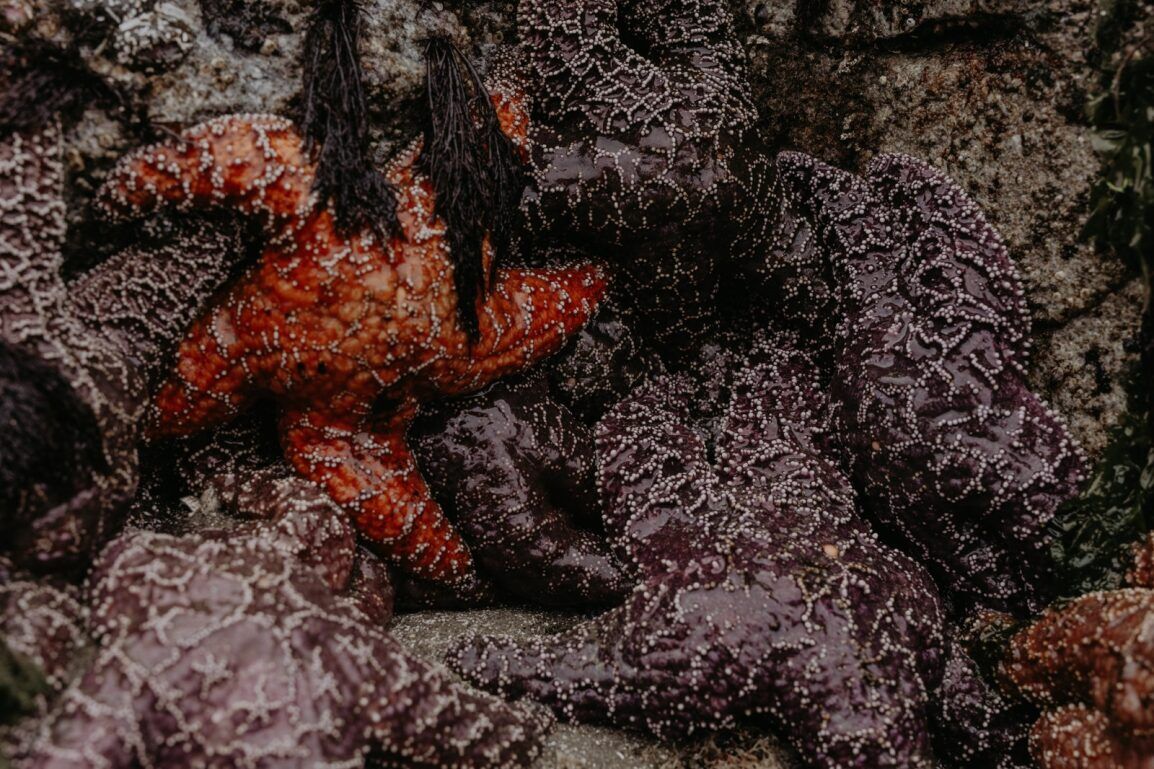Looking Back: Meaningful Days of Land-Based Learning at Hiłsyaqƛis, Tranquil Creek Watershed
Earlier this year, local high school students joined the West Coast N.E.S.T. and the team at Redd Fish Restoration Society for two transformative days of land-based learning at Hiłsyaqƛis, the Tranquil Creek watershed. This experience was more than an educational outing—it was a journey into ecological restoration, cultural history, and the power of interconnectedness, guided by the ƛaʔuukʷiʔatḥ (Tla-o-qui-aht First Nations) principle of hišukʔiš c̓awaak (everything is one).
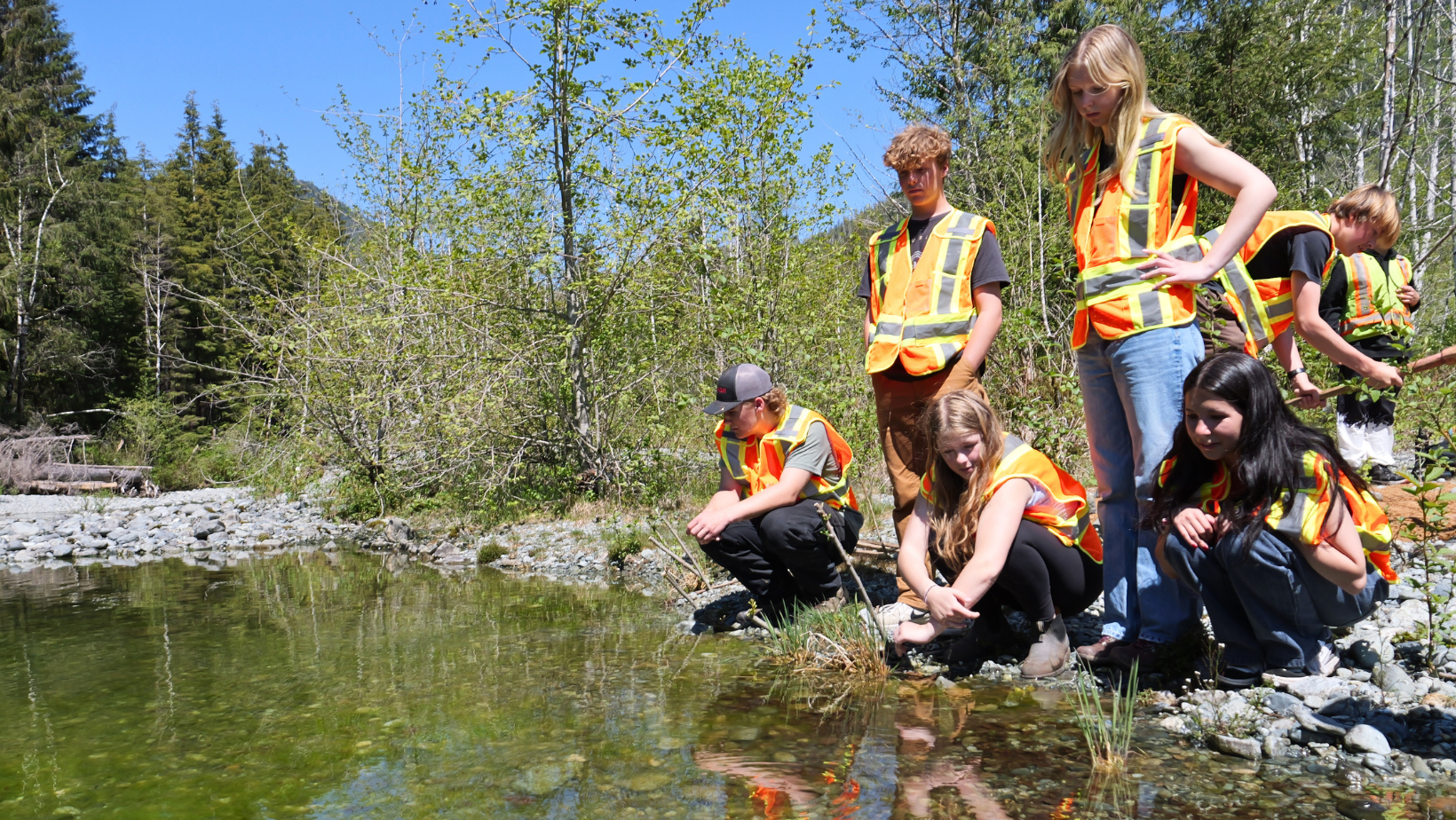
Why Place-Based Learning Matters
Place-based learning immerses students in the natural and cultural fabric of their community, helping them connect theoretical knowledge to real-world applications. For teens, visits to restoration sites like Hiłsyaqƛis create opportunities to witness environmental challenges and solutions firsthand, fostering an appreciation for the land and their role in caring for it.
At Tranquil Creek, students gained a vivid understanding of how human activity—both harmful and restorative—shapes ecosystems. These experiences teach responsibility, resilience, and the importance of collective effort in environmental stewardship.
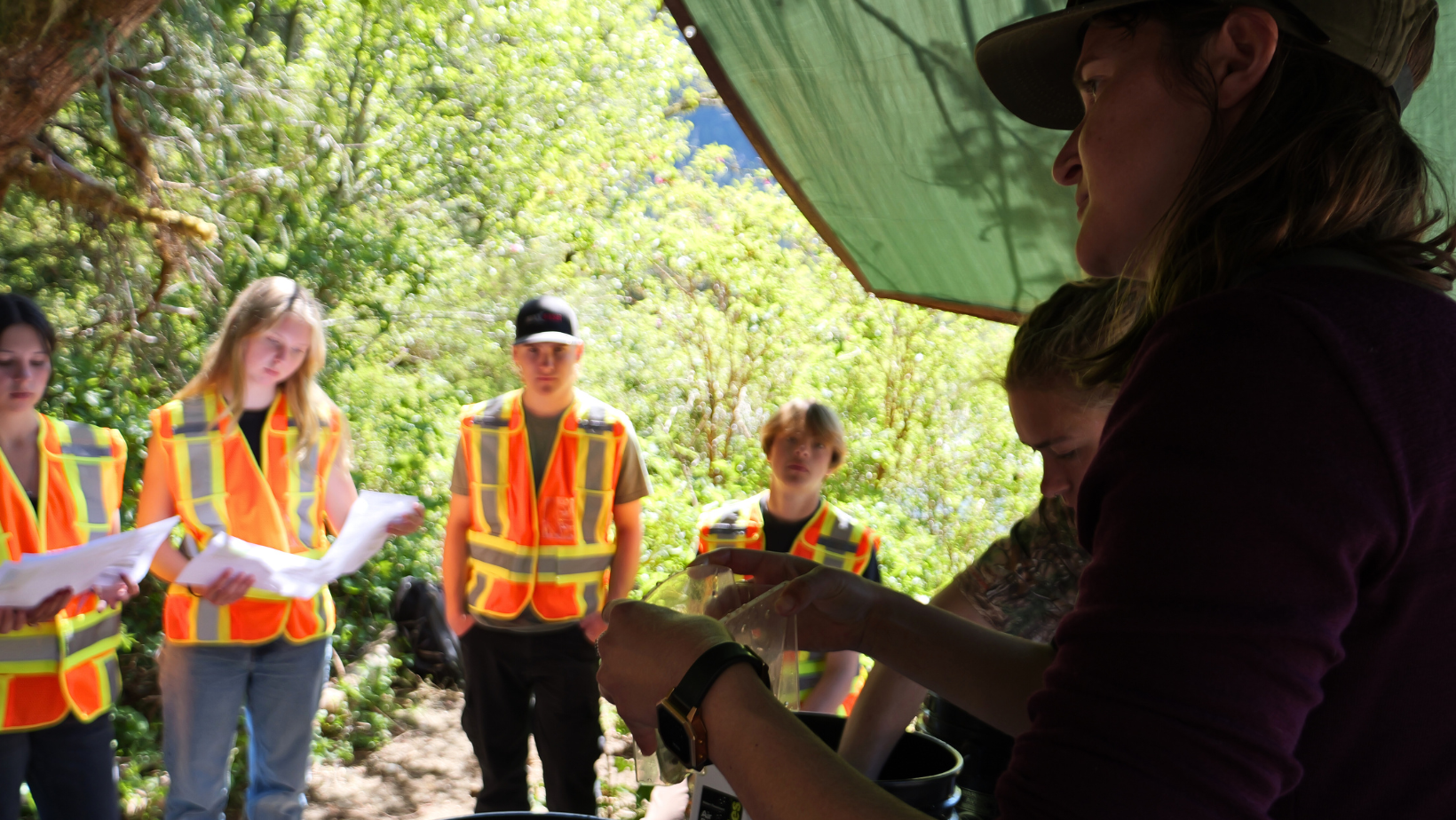
Exploring Hiłsyaqƛis: The Principle of hišukʔiš c̓awaak
Central to this experience was the ƛaʔuukʷiʔatḥ philosophy of hišukʔiš c̓awaak, which recognizes the interconnectedness of all living things. Guided by this principle, ƛaʔuukʷiʔatḥ families historically cared for Tranquil Creek’s salmon populations to ensure abundance and balance within the ecosystem.
Students learned how decades of industrial logging disrupted this interconnected web, leading to habitat destruction, landslides, and a decline in biodiversity. Restoration efforts at Hiłsyaqƛis aim to repair these connections, demonstrating the power of science and cultural knowledge working together to heal the land.
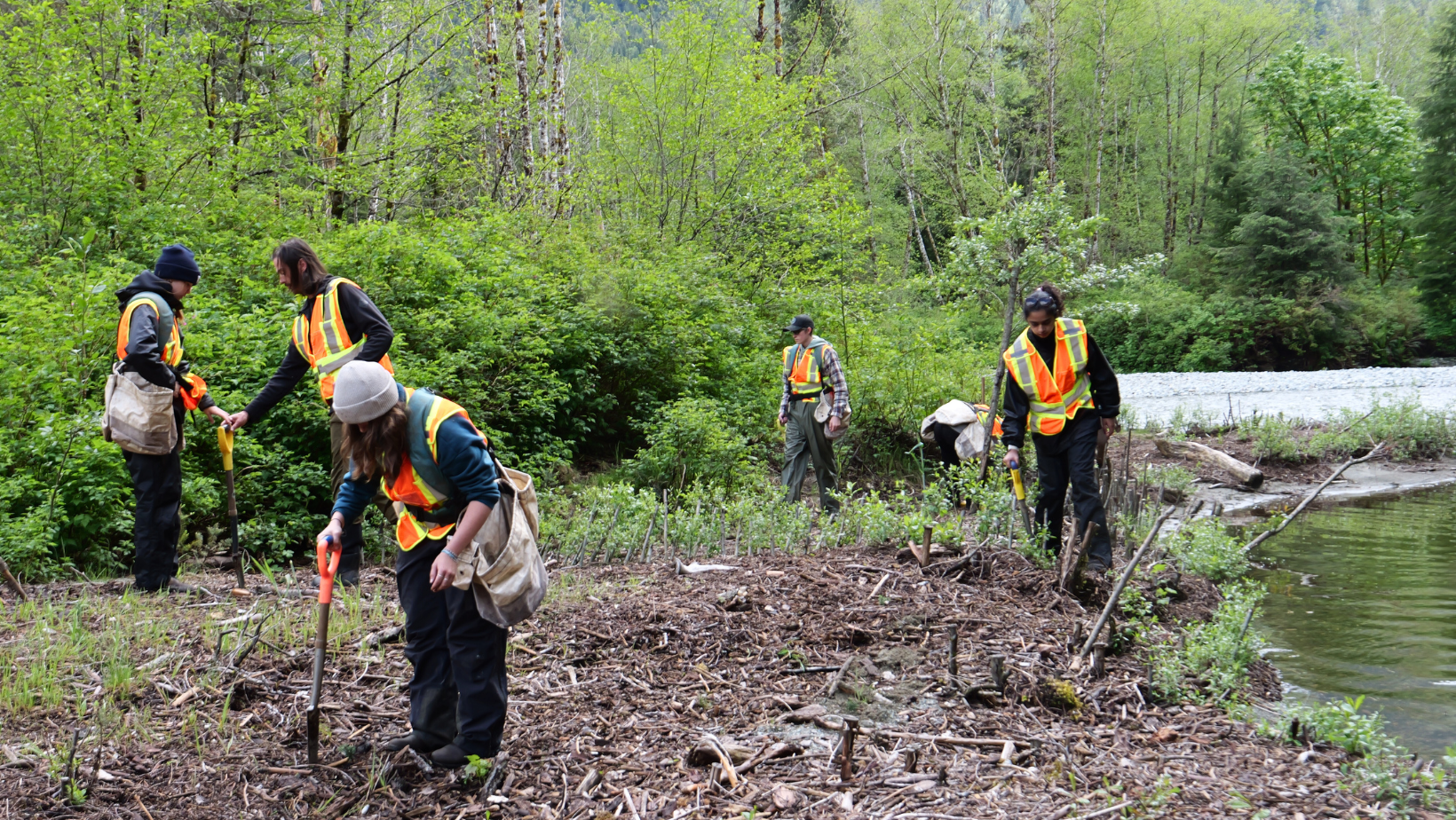
Highlights: Learning and Action
Students engaged deeply with the restoration efforts and the expertise of the Redd Fish Restoration team:
- Tracing the Past Through Aerial Photos: Guided by Wes (Cultural Liaison & Environmental Technician), students studied historical aerial images of the watershed, observing the dramatic changes caused by clear-cut logging. This visual storytelling revealed both the scale of destruction and the potential for renewal through restoration.
- Salmon Monitoring at the Rotary Screw Trap: Sam (Project Manager) and Brooke (Field Technician) introduced students to juvenile salmon species identification and mark-and-recapture techniques. The group learned about salmon's critical role in connecting marine and terrestrial ecosystems, exemplifying hišukʔiš c̓awaak.
- Engineered Log Jams: Exploring log jams designed to mimic natural woody debris, students saw how these structures restore salmon habitats, create shade, and slow water flow, showcasing how thoughtful interventions can rebuild ecosystems.
- Seed Spreading on a Gravel Bar: On a gravel bar formed by a landslide, students actively contributed to restoration by spreading native plant seeds to stabilize soil and accelerate forest regeneration. This hands-on activity reinforced the principle that small actions can lead to significant change.
- Forest and Stream Bank Exploration: Led by Frank (Project Manager), students walked through the regenerating forest and along stream banks, identifying native plants and discussing their roles in fostering biodiversity and supporting salmon populations.
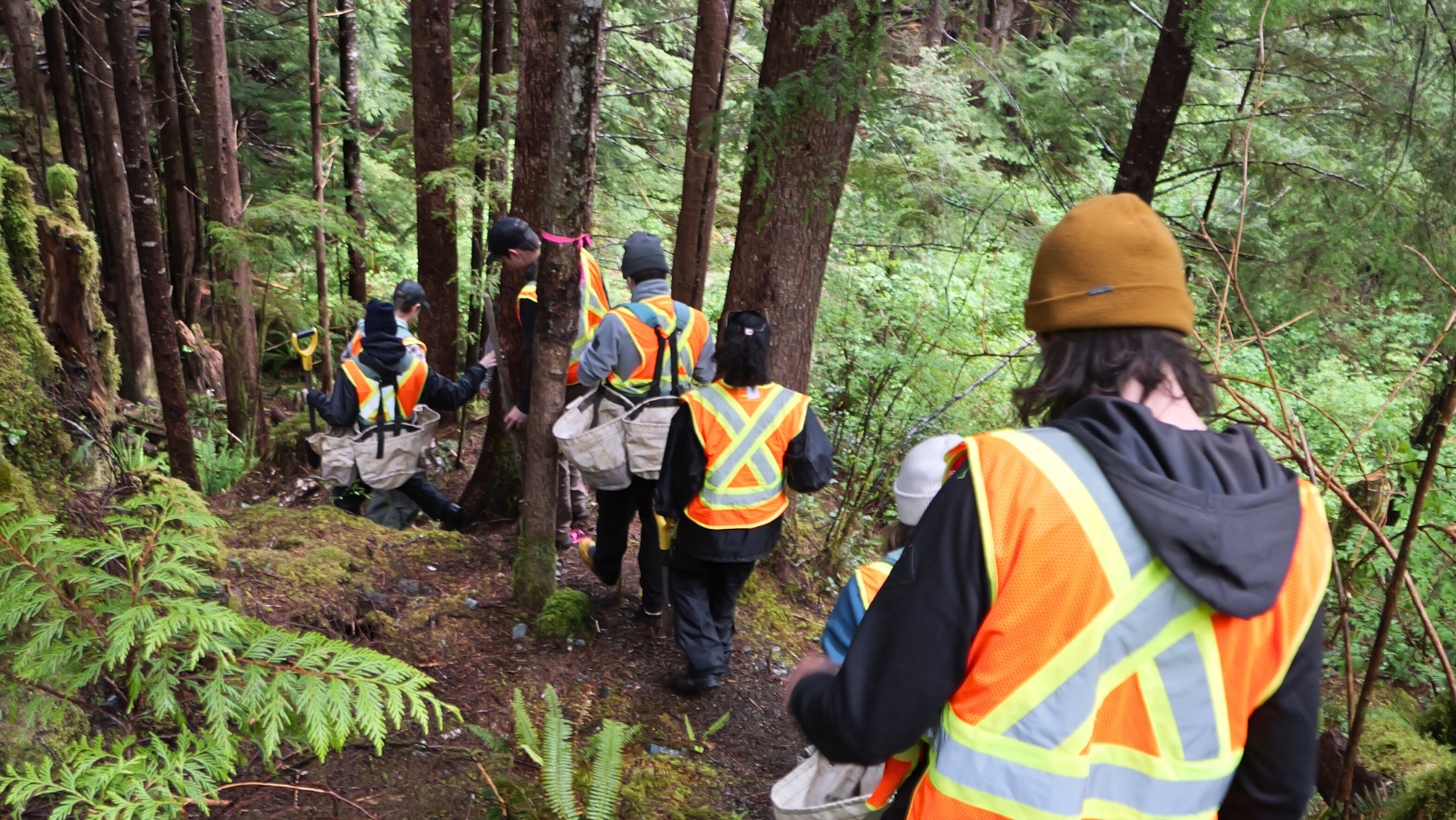
About Redd Fish Restoration
Redd Fish Restoration is a leader in ecosystem recovery, working to restore aquatic and riparian environments that have been heavily impacted by human activities. Rooted in collaboration, their approach blends scientific research with traditional Indigenous knowledge to foster ecological and cultural resilience.
At Hiłsyaqƛis, Redd Fish is tackling the legacy of industrial logging by:
Reconstructing fish habitats using engineered log jams and side channels.
Monitoring salmon populations to track the success of restoration efforts.
Planting native species to stabilize soils and promote forest regeneration.
Educating and engaging local communities and youth in restoration efforts.
Their work embodies the principle of hišukʔiš c̓awaak, demonstrating how ecosystem health and human well-being are deeply interconnected. By restoring watersheds like Tranquil Creek, Redd Fish is ensuring a future where salmon can thrive, forests can grow, and communities remain connected to the land.
To learn more about their impactful work and how you can support it, visit Redd Fish Restoration's website.
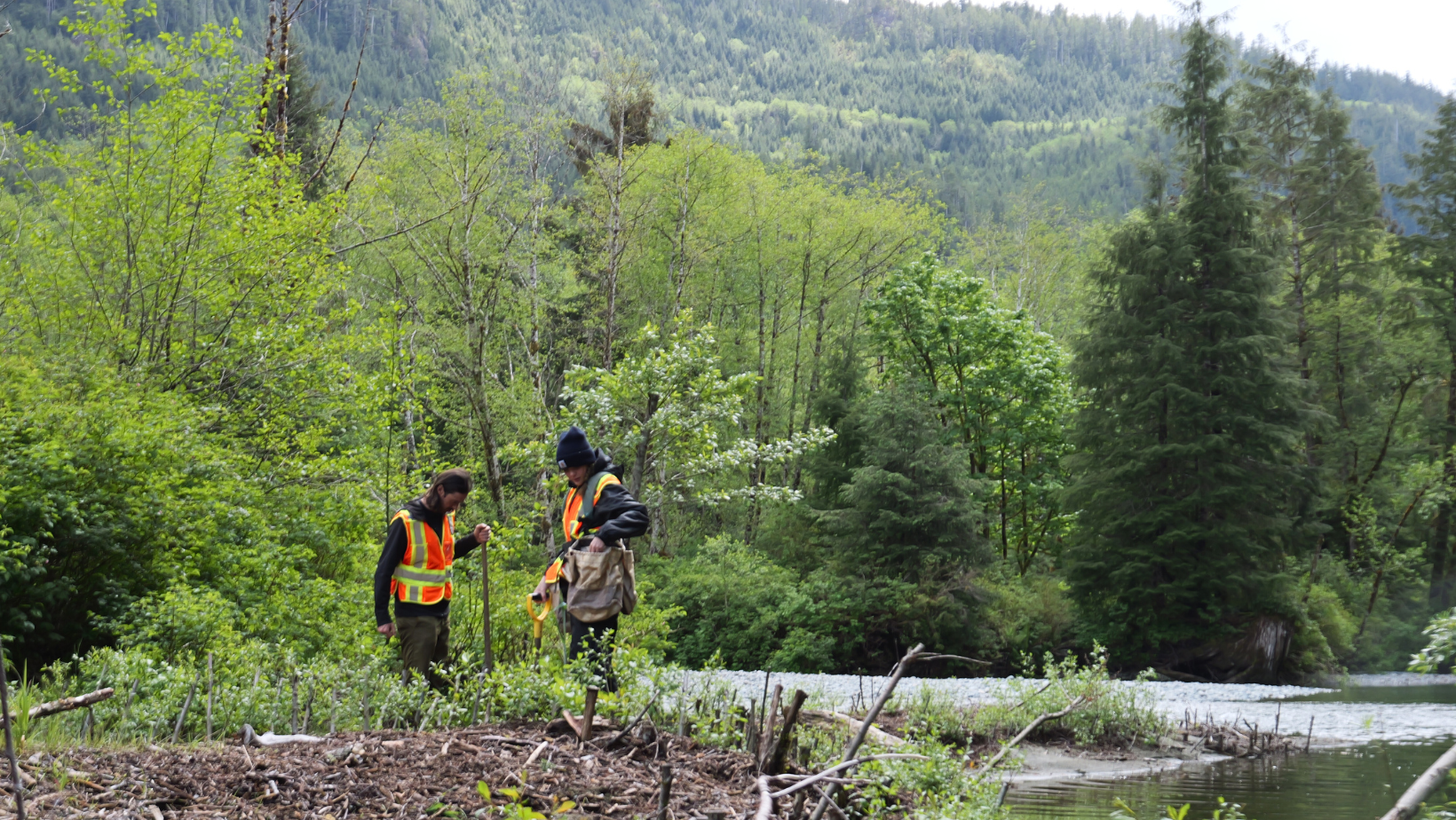
Acknowledging the Land and People
We acknowledge with gratitude that this learning took place on the unceded territories of the ƛaʔuukʷiʔatḥ. We are deeply thankful to the ƛaʔuukʷiʔatḥ people for sharing their knowledge, stewardship practices, and teachings of hišukʔiš c̓awaak with us. It is through this partnership and understanding of the land’s interconnectedness that such meaningful restoration and learning can occur.
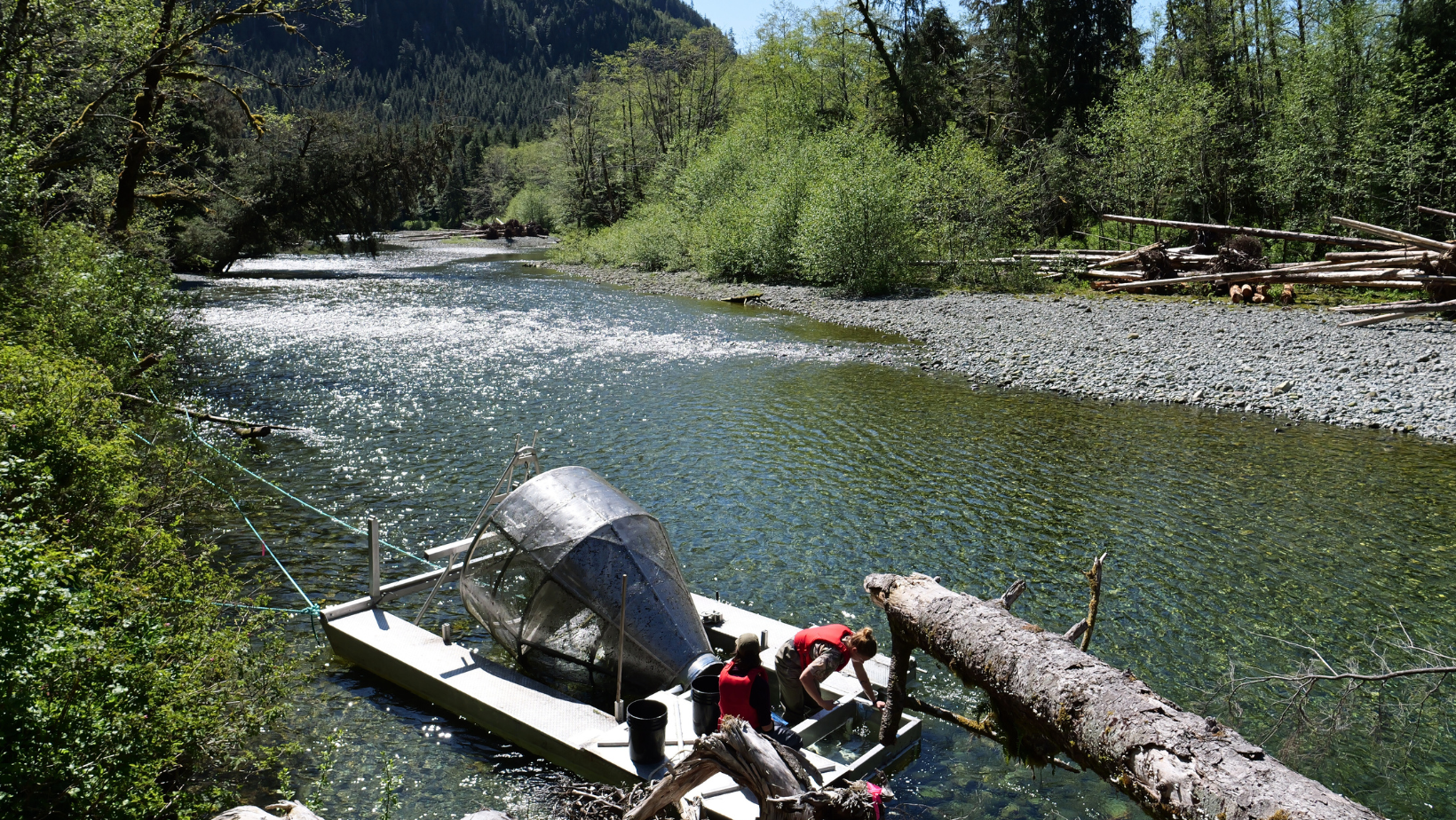
Connecting to the Land and Its Lessons
For the students, this opportunity was not just about observing but participating—becoming part of the story of recovery at Hiłsyaqƛis. Through activities that emphasized connection, action, and reflection, they left with a deeper appreciation of the environment and their responsibility to protect it. The principle of hišukʔiš c̓awaak became a guiding force for their understanding, showing them that everything is truly connected.
This unforgettable learning experience was made possible with the support of the Natural Sciences and Engineering Research Council of Canada (@nserc_crsng) PromoScience, inspiring youth through the integration of coastal science and nuučaan̓uł(Nuu-chah-nulth) cultural knowledge.
Story: Jess LeBlanc (Education & Wellness Coordinator) | Photos: Ross Reid (Video & Communications) | Redd Fish

